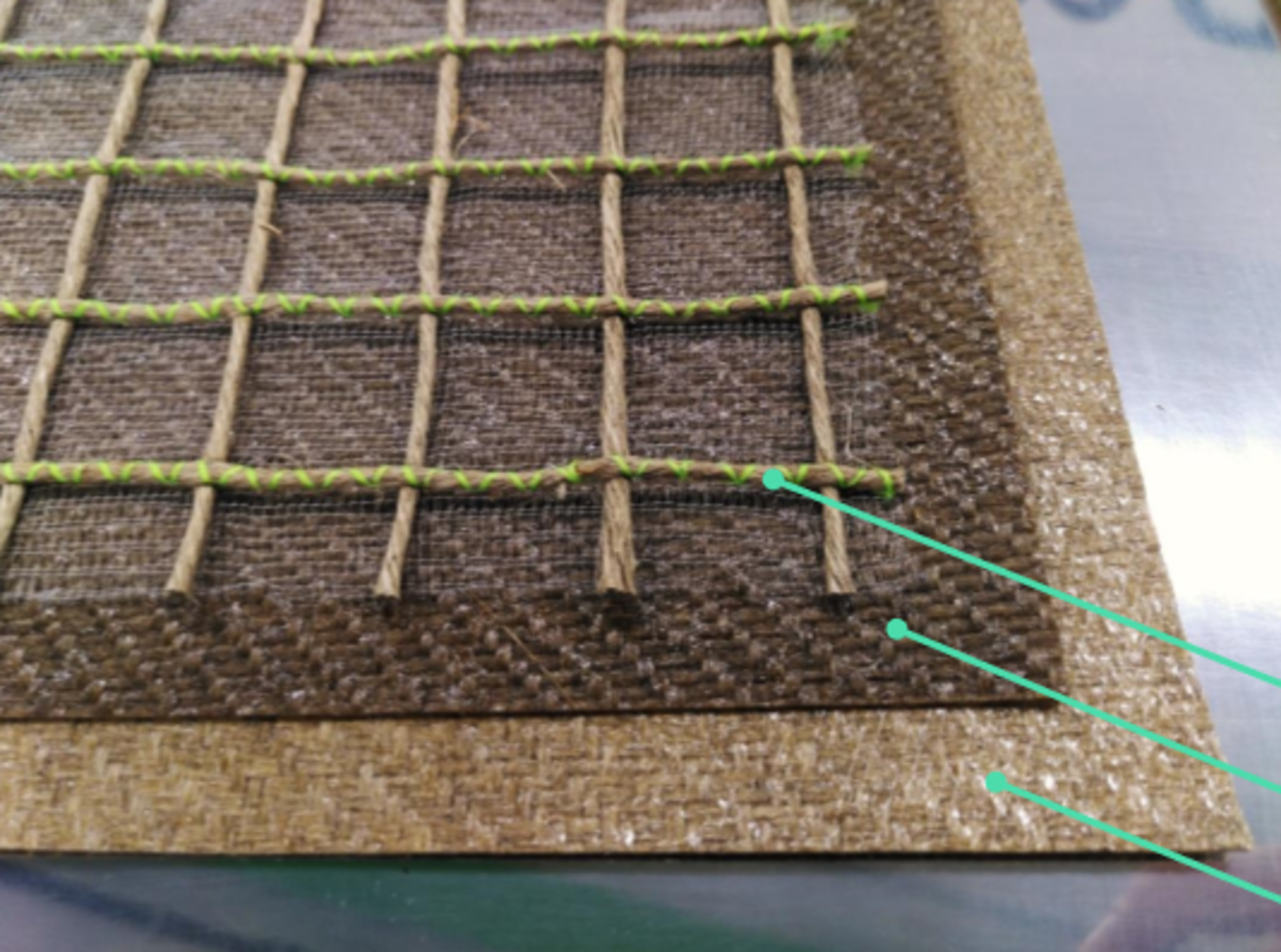Using flax fibres to build structures in space
In recent years, the interest in the development of bio-composite materials for space applications has increased.
Under the CleanSpace Framework, ESA plans to make a set of bio-composite materials, to try to fulfil a search for more sustainable and more demiseable materials suitable for space applications.
The next logical step in this goal is to consider a specific space application and verify the applicability of such materials for a generic LEO mission.
As such, a GSTP contract with Bcomp in Switzerland along with RUAG Space, has developed bio-composites flax fibres and epoxy resin into a viable material for spacecraft structures.
Specifically, the activity aimed to develop and produce a demonstrator flax fibre-reinforced thermoset (FFRP) spacecraft structure for a generic LEO mission with a low environmental impact, that could be well-demisable at re-entry.
By the end of the activity, Bcomp’s bio-composites solutions reached TRL 6 at material level, and TRL 5 at component level.
The activity designed and built a spacecraft structure demonstrator panel from ampliTex™ flax fibre-reinforced composite facesheets (FFRP) and aluminium honeycomb core (AHC) under the same specifications as a standard aluminium panel. The reference design, structural and environmental requirements were taken from the Copernicus Sentinel-1 satellite’s secondary structure for LEO missions.
Novel design features were introduced as a new opportunity for Design for Demise, allowed by the natural fibre-based ‘power ribs’ (thin-shell composite reinforcement technology) and single-shelled recessions built into the sandwich panel surface, intended to act as targeted demisable points allowing the early ingress of heat fluxes into the satellite’s internal structure upon re-entry. This good demisability behaviour was demonstrated in plasma wind tunnel testing.
Besides providing an in-depth understanding of their mechanical properties for analysis and simulation, key assets of these materials were revealed, such as relatively good mechanical fatigue endurance, high UV/VUV resilience, and a very low RF attenuation at all relevant frequencies for radio-communication (up to Ka band).
Future developments shall focus on making the best of the assets of FFRP.
G61C-039MS closed in October 2020.















 Germany
Germany
 Austria
Austria
 Belgium
Belgium
 Denmark
Denmark
 Spain
Spain
 Estonia
Estonia
 Finland
Finland
 France
France
 Greece
Greece
 Hungary
Hungary
 Ireland
Ireland
 Italy
Italy
 Luxembourg
Luxembourg
 Norway
Norway
 The Netherlands
The Netherlands
 Poland
Poland
 Portugal
Portugal
 Czechia
Czechia
 Romania
Romania
 United Kingdom
United Kingdom
 Slovenia
Slovenia
 Sweden
Sweden
 Switzerland
Switzerland


























